Table of Contents
With all the mobile hardware platforms released at the beginning of this year, I’m sure many of you are wondering what’s what, so I’m putting together a few articles explaining the latest AMD, Intel, and Qualcomm hardware available in laptops this year.
This first article covers the AMD hardware launched in 2025, as well as the AMD Strix Point platform launched in 2024, as that is still very much relevant today in many excellent devices, some brand new for 2025.
The platforms we’re discussing further down are the following:
- AMD Strix Halo (Ryzen AI 300 Max) – a performance platform with a powerful processor and a massive iGPU, meant to be implemented in enthusiast laptops without a dGPU;
- AMD Fire Range (Ryzen 9000 HX) – a high-performance enthusiast platform meant for full-size notebooks, paired with a dGPU;
- AMD Strix Point (Ryzen AI 9 300) – a mid-level platform with decent CPU/iGPU specs, mostly meant for ultraportables and premium all-around laptops;
- AMD Krackan Point (Ryzen AI 7/5 300) – a lower-tier variation of Strix Point, with more limited CPU/iGPU specs, meant for either mid-range portable designs or affordable full-size laptops;
- AMD Hawk Point Refresh (Ryzen 200) – rebadge of the previous Hawk Point platform, with previous-gen CPU/iGPU specs, mostly meant for affordable devices;
- AMD Bold Eagle Point (Ryzen AI 400) – to be updated – coming later in the year, a refresh of Strix Point with Z5/Z5c cores and RDNA3.5 graphics, but supposedly SLC memory.
AMD Strix Halo – Ryzen AI 300 Max+, Max, and Max Pro
In a few words, the Strix Halo platform includes APUs with a powerful CPU and a massive iGPU, both built on AMD’s latest technology.
The available SKUs include a processor with up to 16 Zen5 Cores and 32 Threads, alongside a Radeon iGPU with up to 40 RDNA 3.5 Graphics Cores. For comparison, the fastest AMD Strix Point Ryzen AI 9 370 HX APU includes 4x Zen5 Cores and 8x Zen5c Cores with 24 Threads, and a Radeon 890M iGPU with 16 RDNA 3.5 Compute Units.
However, Strix Point processors are mostly paired with some sort of Nvidia dGPU in most available laptops, while the Strix Halo hardware is designed to run on its own, without a dGPU. That’s the whole point of that massive 40Cores integrated graphics chip.
AMD offers quite a wide range of APUs in this lineup, though, with a 1x to 2.5x performance gap between the bottom and top-tier SKUs. They also offer a consumer Ryzen AI Max series of APUs, as well as a Ryzen AI Max Pro subseries meant for business and workstation laptops, with a couple of extra features required in professional environments.
So here are the available AMD Strix Halo SKUs:
- AMD Ryzen AI Max+ 395 (and Pro 395): CPU – 16Cores (Zen5), 32Threads, up to 5.1 GHz, 80 MB cache; GPU – Radeon 8060S, 40 CUs, up to 2.9 GHz;
- AMD Ryzen AI Max 390 (and Pro 39): CPU – 12Cores (Zen5), 24Threads, up to 4.9 GHz, 76 MB cache; GPU – Radeon 8050S, 32 CUs, up to 2.8 GHz;
- AMD Ryzen AI Max+ 385 (and Pro 385): CPU – 8Cores (Zen5), 16Threads, up to 5.1 GHz, 40 MB cache; GPU – Radeon 8050S, 32 CUs, up to 2.8 GHz;
- AMD Ryzen AI Max+ 380 (and Pro 380): CPU – 6Cores (Zen5), 12Threads, up to 5.1 GHz, 22 MB cache; GPU – Radeon 8040S, 16 CUs, up to 2.8 GHz.
The flagship AMD Ryzen AI Max+ 395 comes with 16Cores/32 Threads running at up to 5.1 GHz max boost, alongside 80 MB of Cache memory and an XDNA2 NPU that goes up to 50 TOPS. This is one of the most powerful processors currently available in the mobile space, with early rumors suggesting benchmark scores of around 19k points in Geekbench 6. That’s on par with AMD Ryzen HX or Intel Core HX implementations, and those are generally found in full-size notebooks with higher sustained TDP settings.
On the GPU side, the Ryzen AI Max+ 395 comes with 40 RDNA 3.5 compute cores as part of the Radeon 8060S iGPU.
What’s interesting about this SKU is the variable TDP recommendation between 45-120W, suggesting a wide range of potential power settings between implementations. I’d expect this APU to be mostly found in higher-performance chassis or enthusiast compact devices (such as the ROG Flow Z13, with our detailed review of the Ryzen AI Max+ 395 Flow Z13 configuration available here), and even if you might be able to configure this in some portable notebooks (especially in the business segment, like the HP ZBook Ultra 14), I’d keep my expectations of sustained performance realistic, as this will perform a lot differently at 45W than at 100+W.
The other SKUs scale down in CPU and GPU Cores. The Ryzen AI Max 385 in particular is an interesting middle-grounder, with an 8C/16T processor, 32 CUs on the Radeon 8050S GPU. I hope we’re going to see this implemented in a handful of competitive laptops.
Very few Strix Halo units have been announced so far (Asus Flow Z13, HP ZBook Ultra 14), and we’ve compiled a dedicated article on AMD Strix Halo laptops over here.
AMD Fire Range HX – Ryzen 9 900oHX and HX3D
Fire Range follows up on AMD’s Dragon Range as their high-performance enthusiast platform, meant for full-size full-power gaming/work laptops. You’re mostly getting a big processor here, with a measly iGPU on the side, which hardly matters for anything as this hardware is always offered alongside dGPUs, most from Nvidia’s Blackwell RTX 5000 series.
The available SKUs include either a processor with 16 Zen5 Cores and 32 Threads, or a lower-tier variant with 12 Cores and 24 Threads. The top SKU implements AMD’s 3D V-Cache technology, for a boost in gaming performance.
Here are the available Fire Range SKUs:
- AMD Ryzen 9 9955HX3D: CPU – 16Cores (Zen5), 32Threads, up to 5.4 GHz max boost, 144 MB cache with X3D memory;
- AMD Ryzen 9 9955HX: CPU – 16Cores (Zen5), 32Threads, up to 5.4 GHz max boost, 80 MB cache;
- AMD Ryzen 9 9850HX: CPU – 12Cores (Zen5), 24Threads, up to 5.2 GHz max boost, 72 MB cache.
Now, as far as performance goes, I wouldn’t expect significant gains compared to the previous Dragon Range Ryzen 9 7945HX3D or 7945HX, at least based on the little we know so far from the desktop side of Zen5-based platforms. Nonetheless, this is still gong to be the fastest mobile platform of this generation, and we should see efficiency gains as well, for what that’s worth on this sort of platform.
What I do hope for is wider adoption of this hardware into actual laptops. At the beginning of 2025, the offer is still very limited, with only some mid-range SKUs announced so far (Asus ROG Strix G, Lenovo Pro 5) and very few configurations that actually pair the AMD platform with higher-tier modern graphics, such as the MSI Vector A18 HX that can be specced up to a Ryzen 9 9955HX with a GeForce RTX 5080 GPU. But most other only go up to an RTX 5070 for some reason, including the Strix G which is the only model touted with the Ryzen 9 9955HX3D processor (for now).
I’ve put together a dedicated separate article list on all available notebooks with AMD Fire Range Ryzen 9 HX hardware.
AMD Strix Point – Ryzen 9 AI 300
This hardware was released mid-2024 and is already available in a multitude of notebooks, either portable chassis that are built entirely on the AMD hardware, or premium all-rounders that pair the AMD processor with dedicated graphics. However, a handful of brand new SKUs were released in 2025 as well.
We’ve already covered Strix Point in multiple articles and reviews, so I’m not getting in-depth about it here.
It’s important to know that Strix Point is a hybrid APU design, bundling a versatile processor with Zen5 and Zen5c efficient cores alongside a Radeon iGPU with up to 16 RDNA 3.5 graphics cores. That’s a competent combo for a multi-use portable chassis, allowing it to tackle media creation and even light gaming. But the most interesting Strix Point implementations are premium all-rounders such as the Asus ROG Zephyrus G14, Zephyrus G16, or the Razer Blade 16, as well as a bunch of micro-computers from GPD. They’re all listed and discussed in this article.
Anyway, here are the most widespread available Strix Point SKUs:
- AMD Ryzen AI 9 370 HX: CPU – 12Cores (4x Zen5, 8xZen5c), 24Threads, up to 5.1 GHz, 36 MB cache; GPU – Radeon 890M, 16 CUs, up to 2.9 GHz;
- AMD Ryzen AI 9 365: CPU – 10Cores (4x Zen5, 6xZen5c), 20Threads, up to 5 GHz, 34 MB cache; GPU – Radeon 880M, 12 CUs, up to 2.9 GHz.
AMD Krackan Point – Ryzen AI 7/5 300
While Strix Point only includes Ryzen AI 9 premium-tier APUs that are implemented in higher-tier and quite expensive laptops, Krackan Point is the continuation of the series with mid-tier Ryzen AI 7 and Ryzen AI 5 APUs, and is implemented in a wider range of products.
Krackan Point and Strix Point are built on the same fundaments, with a mix of Zen5 and Zen5c processor cores, RDNA3.5 graphics cores, and an XDNA2 NPU. But Krackan Point platforms just offer less of everything.
Here are the available Krackan Point SKUs:
- AMD Ryzen AI 7 350 (and Pro 350): CPU – 8Cores(4x Zen5, 4xZen5c), 16Threads, up to 5.0 GHz, 24 MB cache; GPU – Radeon 860M, 8 CUs, up to 3.0 GHz;
- AMD Ryzen AI 5 340 (and Pro 340): CPU – 6Cores(3x Zen5, 3xZen5c), 12Threads, up to 4.8 GHz, 22 MB cache; GPU – Radeon 840M, 4 CUs, up to 2.9 GHz.
While the CPU performance of these APUs is still fine for multitasking and daily use, the GPU is significantly downgraded from the Radeon iGPUs in the Strix processors, with 8 Compute Units on the Ryzen AI 7 and merely 4 Compute Units on the Ryzen AI 5. You better no expect much in graphics capabilities if you decide on a Ryzen AI 5 340 configuration.
On the other hand, laptops built on Krackan Point hardware target a mid-range price range of 600-1000 USD, whereas Strix Point laptops were rarely available even on occasional discounts. Many of you are shopping in that price range, so at least now you get the option of a modern platform with solid day-to-day capabilities and long runtimes on battery, alongside those previous-gen platforms that aren’t as efficient, but could offer better performance for the money.
Here’s a dedicated separate article on available AMD Krackan Point laptops and thoughts on their general performance.
AMD Hawk Point Refresh – Ryzen 200
As the name suggests, Hawk Point Refresh is a rebadge of the existing Ryzen 8000 H/HS Hawk Point platform, which on its own was a rebadge of the Ryzen 7000 H/HS Phoenix platform.
The APUs part of this renamed Hawk Point series are rebranded as Ryzen 200, which is rather confusing as the naming might suggest similarities to the Ryzen AI 300 chips. However, Ryzen 200 APUs are still built on older AMD technology, with Zen4 and Zen4c cores and Radeon iGPUs with RDNA 3 graphics cores. I’m not bashing the technology, which is still competent even today for the kind of mid-range and affordable notebooks that will implement this Ryzen 200 hardware, I’m just pointing out of the potential naming confusion, just to make sure you understand what you’re buying with this hardware.
One positive aspect about this refresh is that we already know what to expect in overall capabilities and performance by looking at reviews of their predecessors. For instance, the new Ryzen 9 270 is a rebadged Ryzen 9 8945HS, the Ryzen 7 250 is a rebadged Ryzen 7 8845HS, while the Ryzen 5 250 is a rebadge of the Ryzen 5 8645HS. You’ll find plenty of info on those online.
Anyway, here are the Hawk Point Refresh SKUs that will be mostly available in actual products, with the complete list detailed in the image further down:
- AMD Ryzen 9 270: CPU – 8Cores(8x Zen4), 16Threads, up to 5.2 GHz, 24 MB cache; GPU – Radeon 780M, 12 CUs, up to 2.8 GHz;
- AMD Ryzen 7 250: CPU – 8Cores(8x Zen4), 16Threads, up to 5.1 GHz, 24 MB cache; GPU – Radeon 780M, 12 CUs, up to 2.8 GHz;
- AMD Ryzen 5 250: CPU – 6Cores(4x Zen4), 12Threads, up to 5 GHz, 22 MB cache; GPU – Radeon 760M, 8 CUs, up to 2.6 GHz;
- AMD Ryzen 3 210: CPU – 4Cores(1x Zen4 3x Zen4c), 8Threads, up to 5 GHz, 22 MB cache; GPU – Radeon 740M, 4 CUs, up to 2.5 GHz;
You should generally expect to find this Ryzen 200 hardware in entry-level configurations of portable designs or affordable mid-sized laptops, sometimes paired with entry-level dGPUs. However, unless you’re particularly interested in a new 2025 chassis, I’d look into existing 2023/2024 Hawk Point configurations first, as those are basically the same hardware and will most likely sell at discounts.
I might put up a detailed list of laptops built on AMD Ryzen 200 hardware in a separate article, if there’s enough interest.
That’s about it for now, but look for updates in the future, as new AMD mobile platforms are released.
In the meantime, looking for your thoughts and feedback on all this 2025 hardware. Strix Halo is especially interesting to me this year, and I look forward to getting my hands on devices built on this hardware.

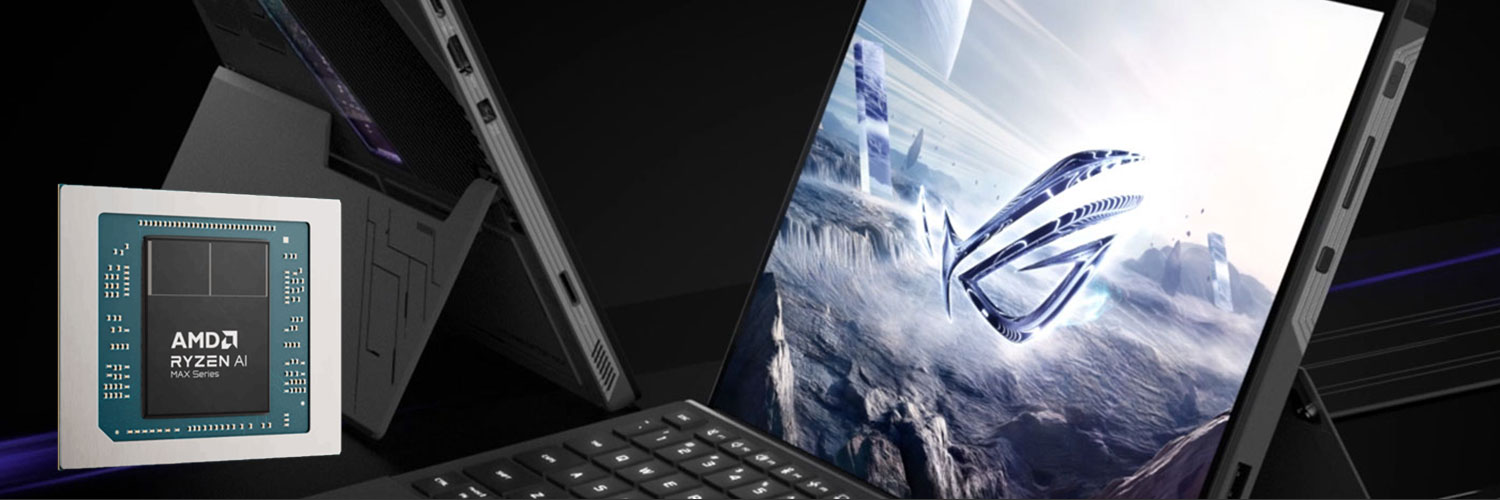
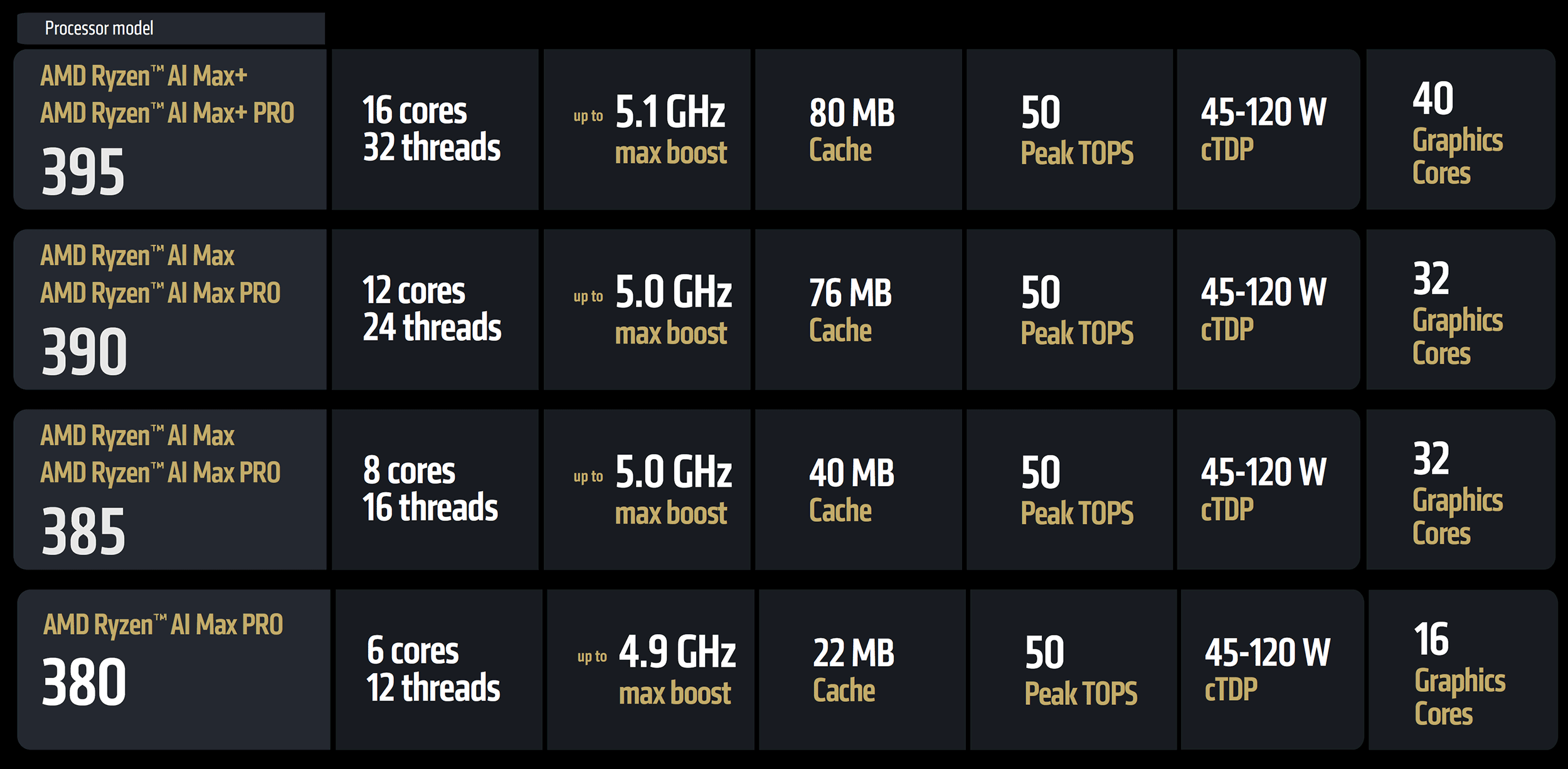
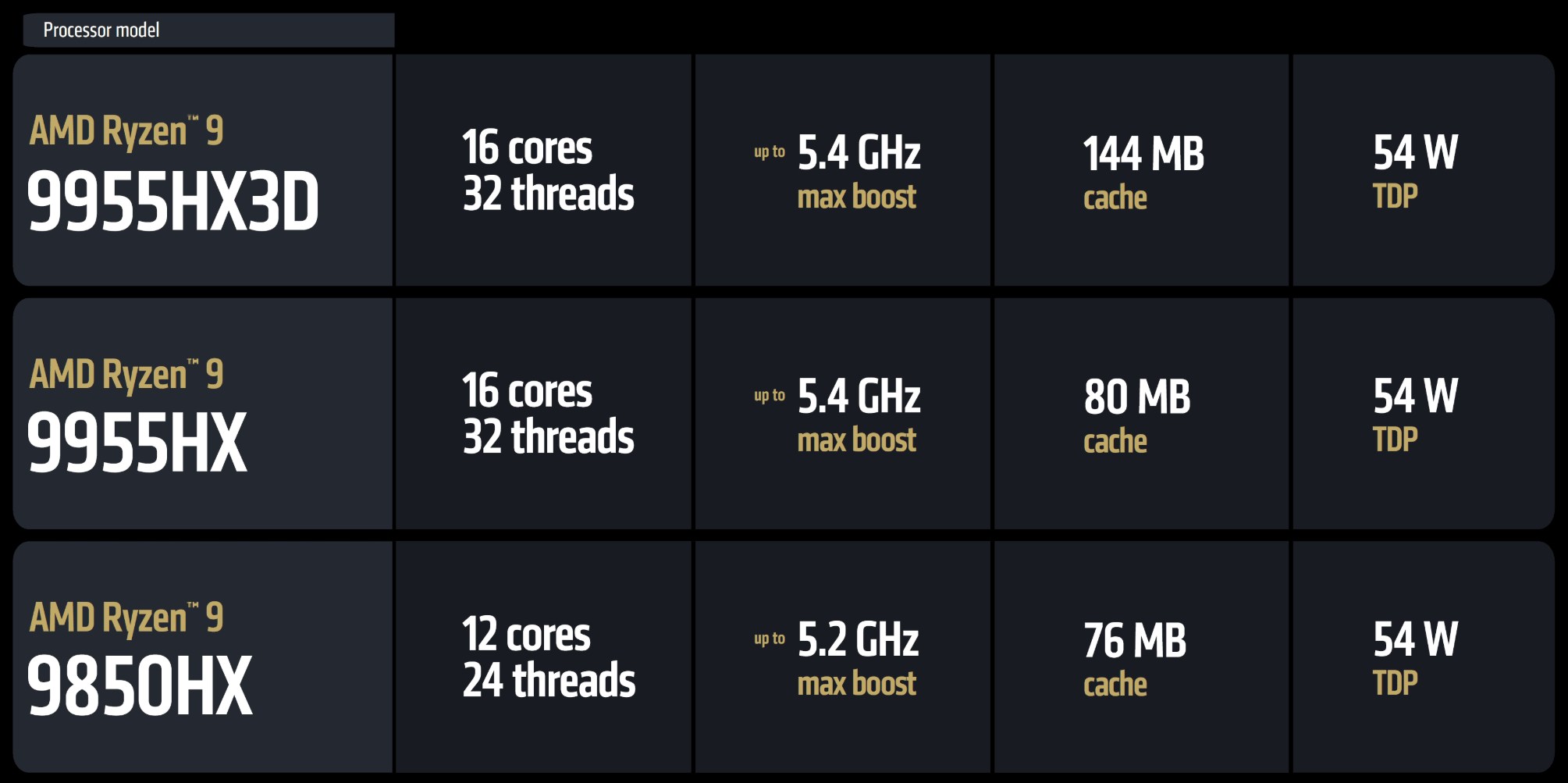
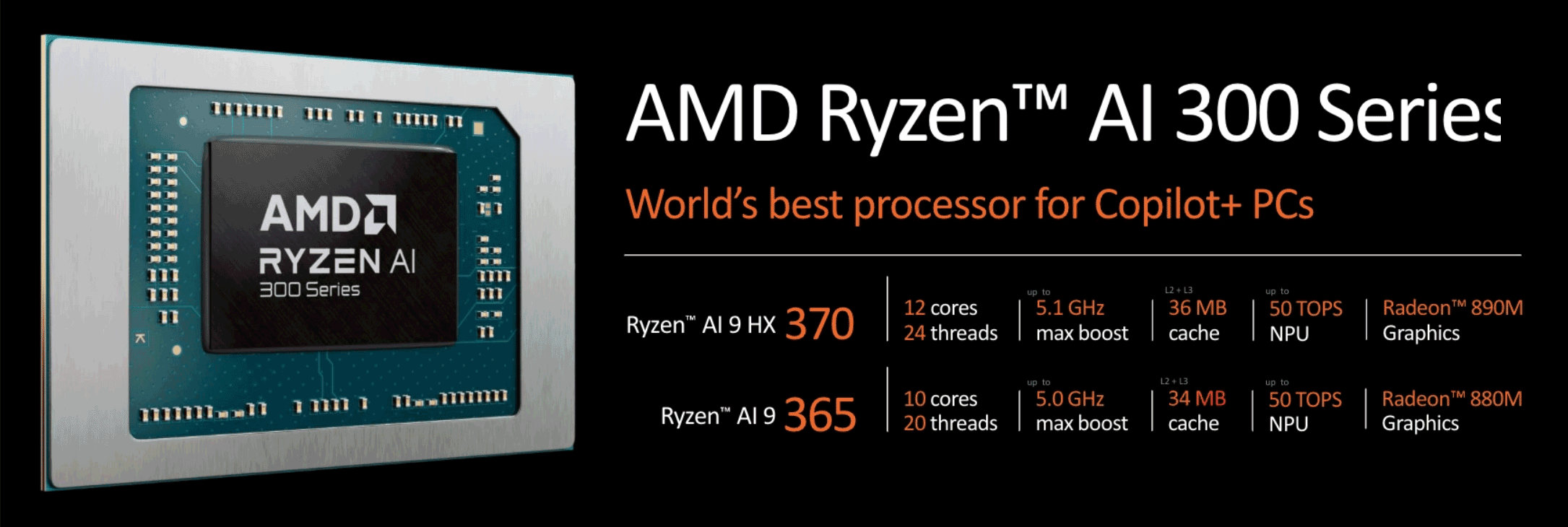
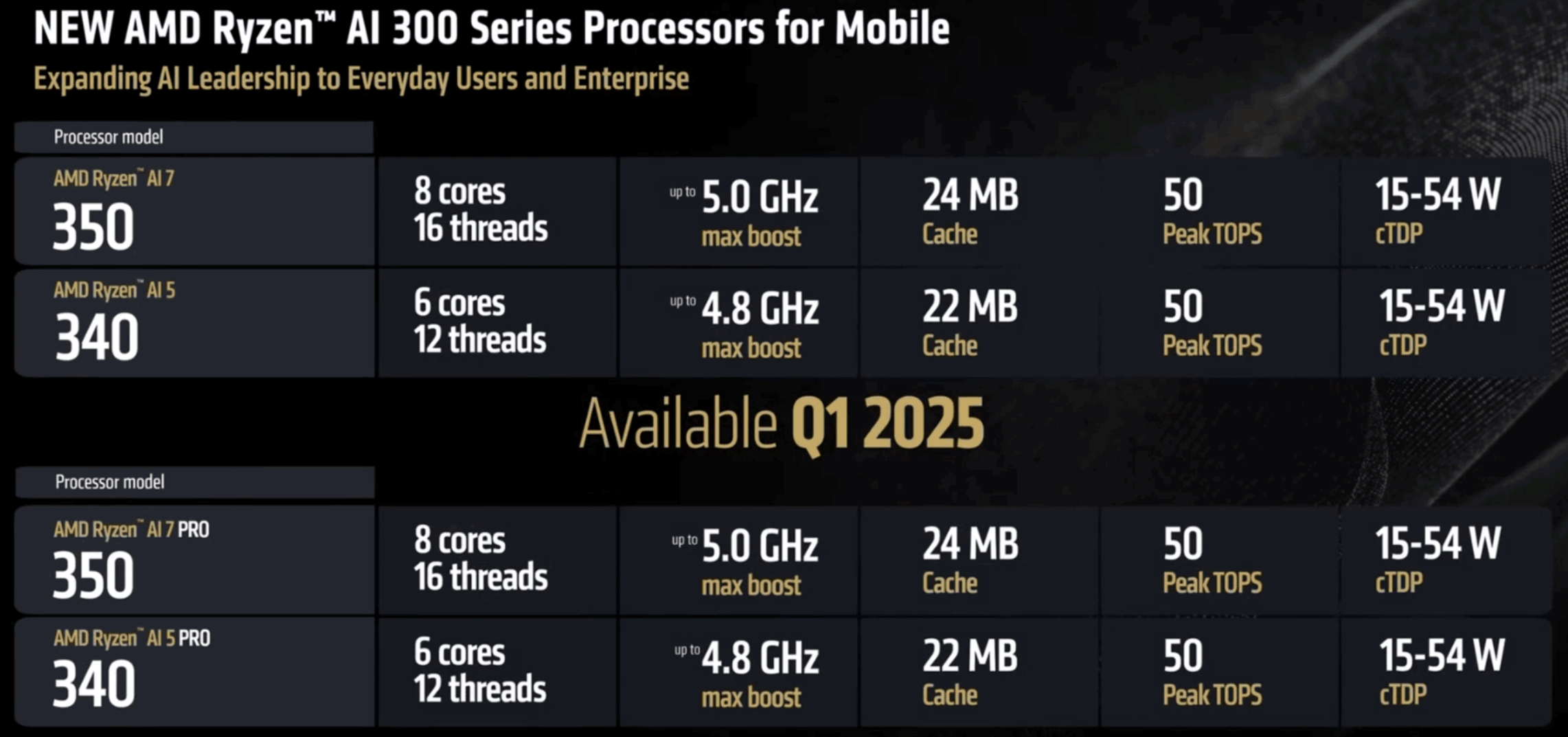
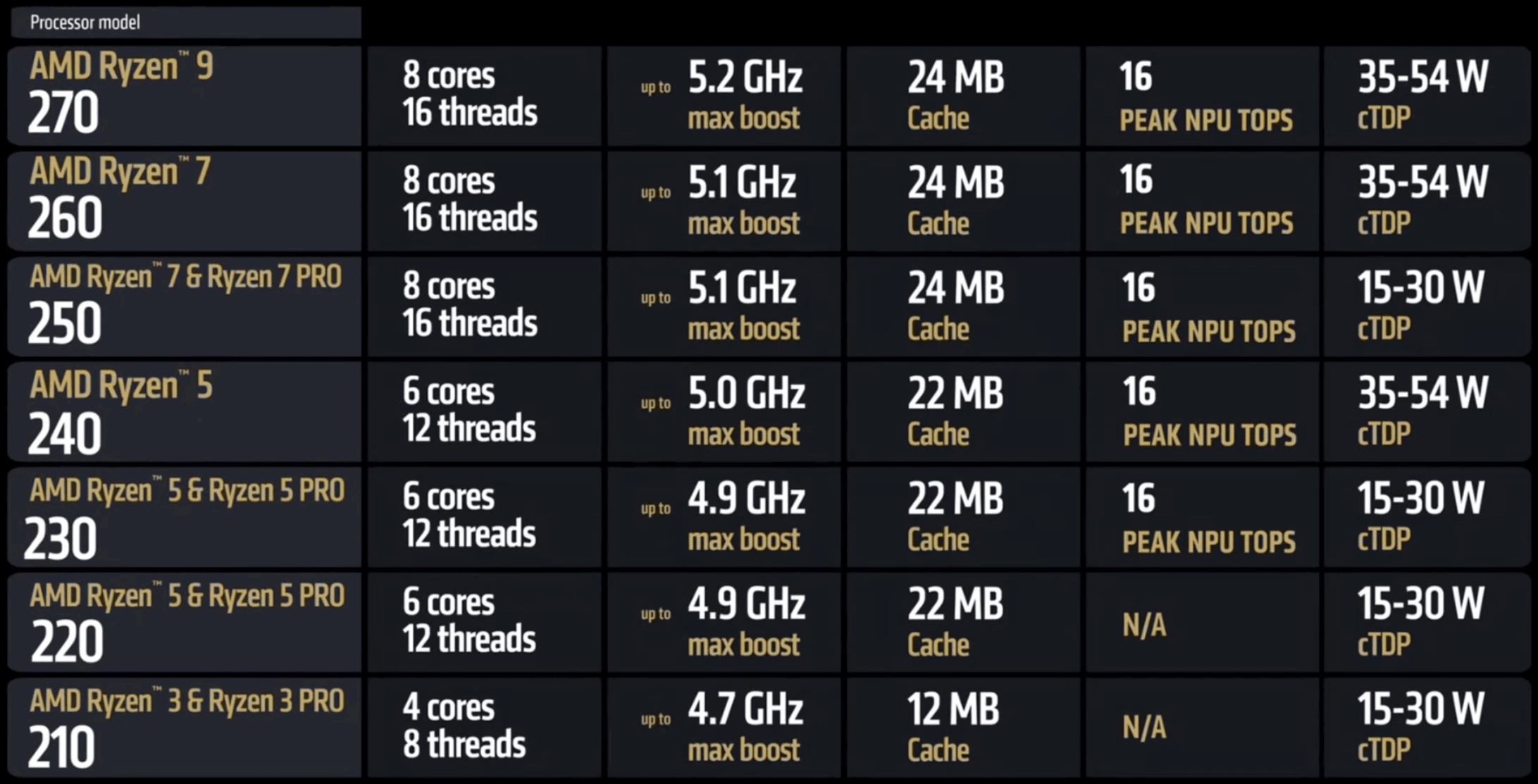

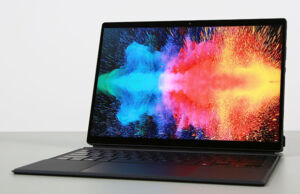
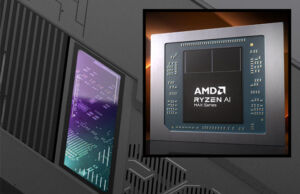
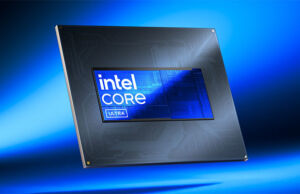
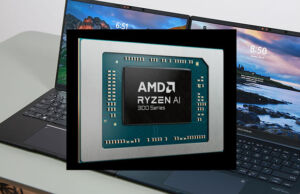
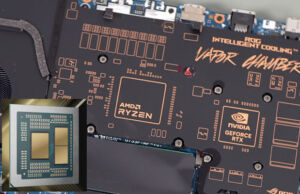

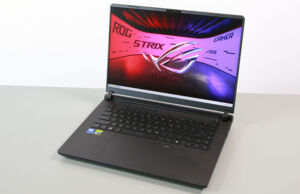

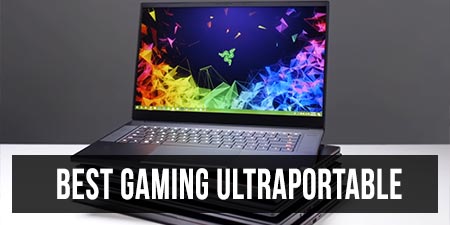

Mohsen
March 22, 2025 at 11:06 am
Very insightful list. Saw Ryzen 260 on new TUF A16 paired with rtx 5070 and wondered what the hell it is. So these 200 series seem to be a bad options as they probably get older way sooner than their gpus.